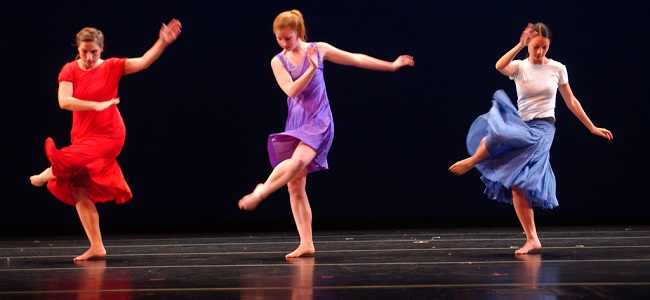We would like to share with you a brief insight into what children experience when dance is brought into education, with the following based on our own work with pupils in Bath & North East Somerset. Through dance, children are engaged in creative movement within a group setting. The focus of this work is on the wellbeing and development of the whole child, mindful of their cognitive, emotional, physical and social development.
As recently demonstrated in Richard Spencer’s Boogie Biology article, students have a blast shimmying their way through different subjects. Composer and educator Brian Madigan discusses the opportunities given by a classroom foxtrot.

I was lucky enough to spend the recent half-term break with my family and some friends on the beautiful Pembrokeshire Coast in Wales, which I can heartily recommend for its stunning landscapes, friendly welcome and abundant wildlife.
This article is about how simple dances can be used to improve student learning about complex cellular processes. The dances are easy to follow and bring complicated topics to life. They help students learn about processes and terminology which they might otherwise find difficult, dry or hard to remember. The dances afford a multisensory approach to learning; they are a fusion of art and science and a blend of fun and serious biology.

A community-driven platform for showcasing the latest innovations and voices in schools
Pioneer House
North Road
Ellesmere Port
CH65 1AD
United Kingdom